Does Cotton Shrink? Here’s What You Didn’t Know About Cotton
Cotton fabric’s been a go-to fabric for centuries, and it’s no wonder that it’s soft, versatile, and feels like nature’s hug. From ancient traders spinning it in India to today’s eco-conscious growers, its stories are as rich as its texture. I love a simple cotton shirt that can feel like instant comfortable after a long day. It’s been king since the Industrial Revolution, and now it’s evolving to meet modern demands. So let’s explore why cotton still matters, and what's make the cotton fabric so comfortable.
Advantages of Cotton Fabric
Cotton fabric is that just keeps comfortable all the time. I’ve come to swear by cotton fabric after years of experimenting with what works for me. First off, it’s breathable in a way that feels like a gift from nature. It lets your skin breathe and keeping you cool when you’d otherwise feel like you’re melting into a puddle. The secret’s in those natural fibers. Because they wick sweat away like a pro, pulling it off your body and letting it evaporate fast. Compare that to synthetics like polyester, which cling to moisture and trap heat like a sauna you can’t escape. I’ve worn both of them, and trust me, cotton items wins every time.
(PIC From PIN)
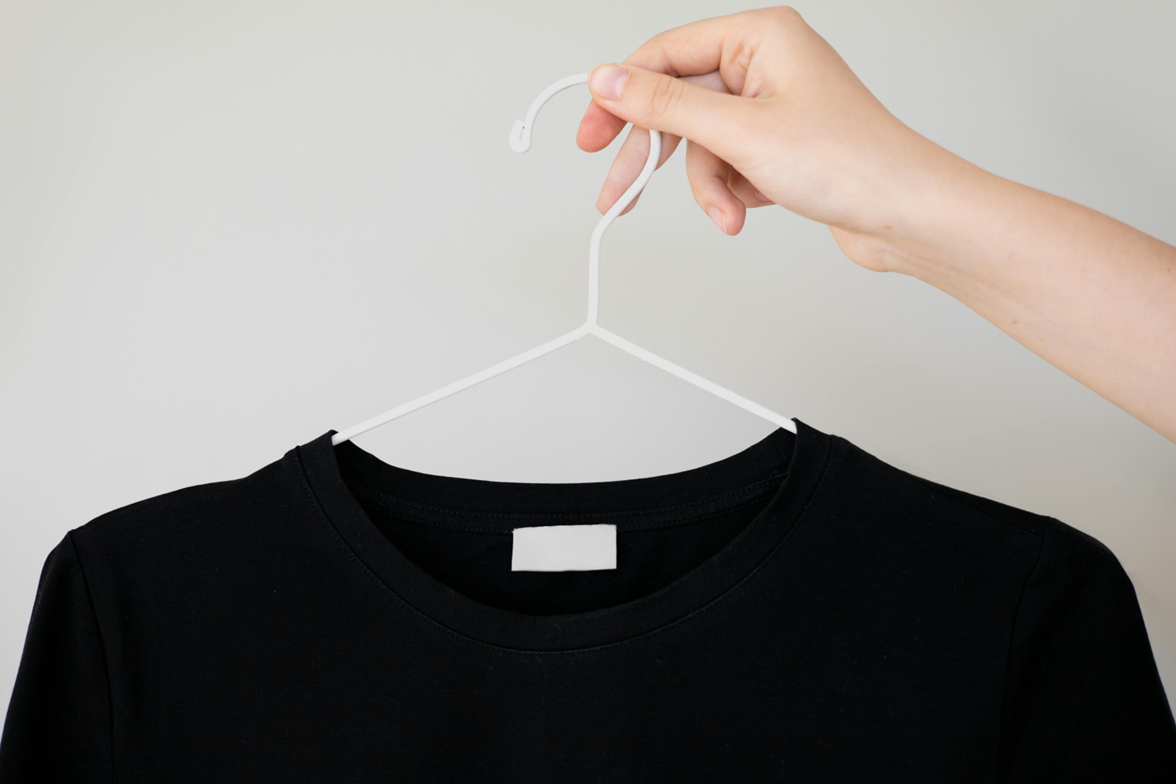
Then there’s the hypoallergenic angle, which is a total lifesaver if your skin’s as fussy as mine. I used to battle itchy rashes from scratchy fabrics—wool blends were the worst offenders. But once I switched to cotton tees and bedding, it was like my skin finally called a truce. No more redness or that nagging urge to scratch; cotton’s gentle touch just works. And it’s why doctors often recommend it for folks with allergies or eczema—there’s something pure about it that synthetic blends can’t fake.
Durability’s another big win. Take my favorite cotton shirt. It’s been with me through thick and thin for over five years now. With a little TLC cold washes, no harsh detergents. And it still looks sharp and feels soft. Sure, it’s not invincible; I’ve had a few pieces fade or fray when I got lazy with care. But when you treat it right, cotton fabric holds up like a champ, outlasting flimsy fast-fashion alternatives that fall apart after a season.
(PIC From PIN)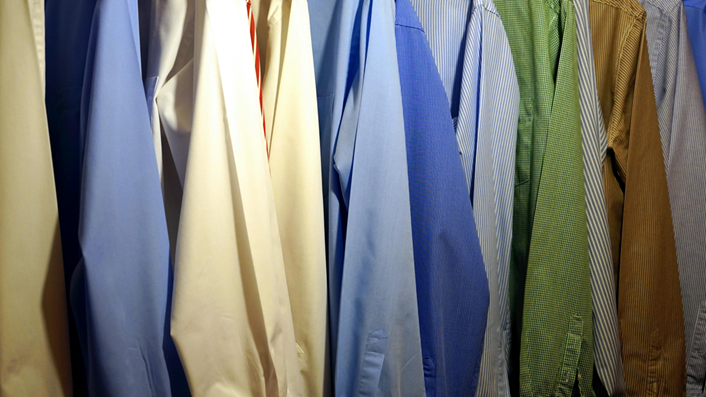
And don’t get me started on versatility. Because it’s honestly unmatched. I’ve got cozy cotton socks that hug my feet on lazy weekends, crisp dress shirts that make me look put-together for meetings, and even a rugged cotton tote that’s hauled groceries for years. It can be light and breezy for a summer dress or thick and sturdy for a winter jacket lining. That means it’s never out of place, no matter the occasion or the season.
It’s not just practical, either a comfort factor that’s hard to beat. Slipping into a cotton hoodie after a long day feels like a reward; it’s familiar, unfussy, and somehow makes everything a little better. That blend of function and feel is why cotton’s been a go-to for centuries, and honestly, I don’t see that changing anytime soon.
(PIC From PIN)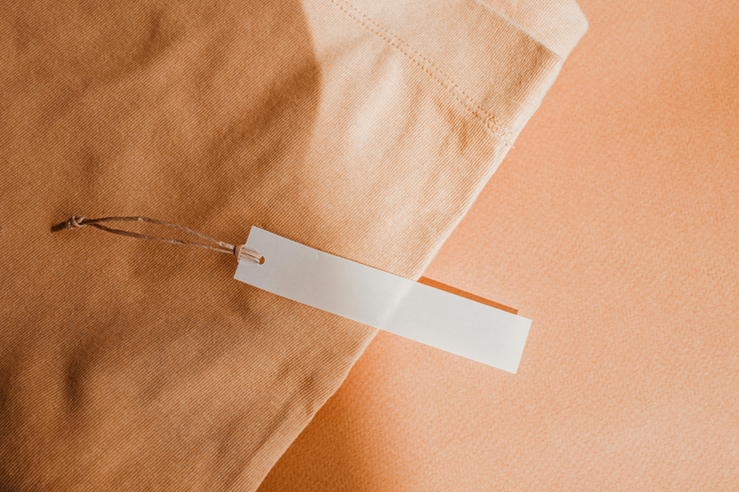
Types of Cotton and Their Unique Qualities
Pima Cotton: The Luxurious Choice for Softness and Durability
Known for its longer fibers, pima cotton is particularly clean and resistant to pilling. It’s a favorite fabric for immoderate saving you bedding and clothing, providing each comfort and sturdiness. Pima’s the VIP of cotton. It's extra-long fibers make it silky smooth. I’ve slept on Pima sheets, and they’re like a cloud that doesn’t wear thin. It’s a top pick for high-end bedding and clothes that feel fancy but last.
Upland Cotton: The Most Commonly Grown Variety
Upland’s the workhorse about 90% of the world’s cotton comes from this type. It is flexible and notably finished in regular textiles. And its shorter fibers make it masses hundreds a whole lot heaps much less expensive than Pima but greater low-price. So it’s everywhere: your jeans, towels, even that random T-shirt you’ve had forever. It’s not as plush as Pima, but it gets the job done affordably.
Egyptian Cotton: The Gold Standard in Quality and Comfort
Egyptian cotton is often considered the high-quality in the global. It’s renowned for its long fibers—grown along the Nile and renowned for its advanced softness and strength. Its long fibers weave into fabric that’s buttery soft and super strong and prolonged fibers create smooth, durable cloth fantastic for high priced devices.
(PIC From PIN)
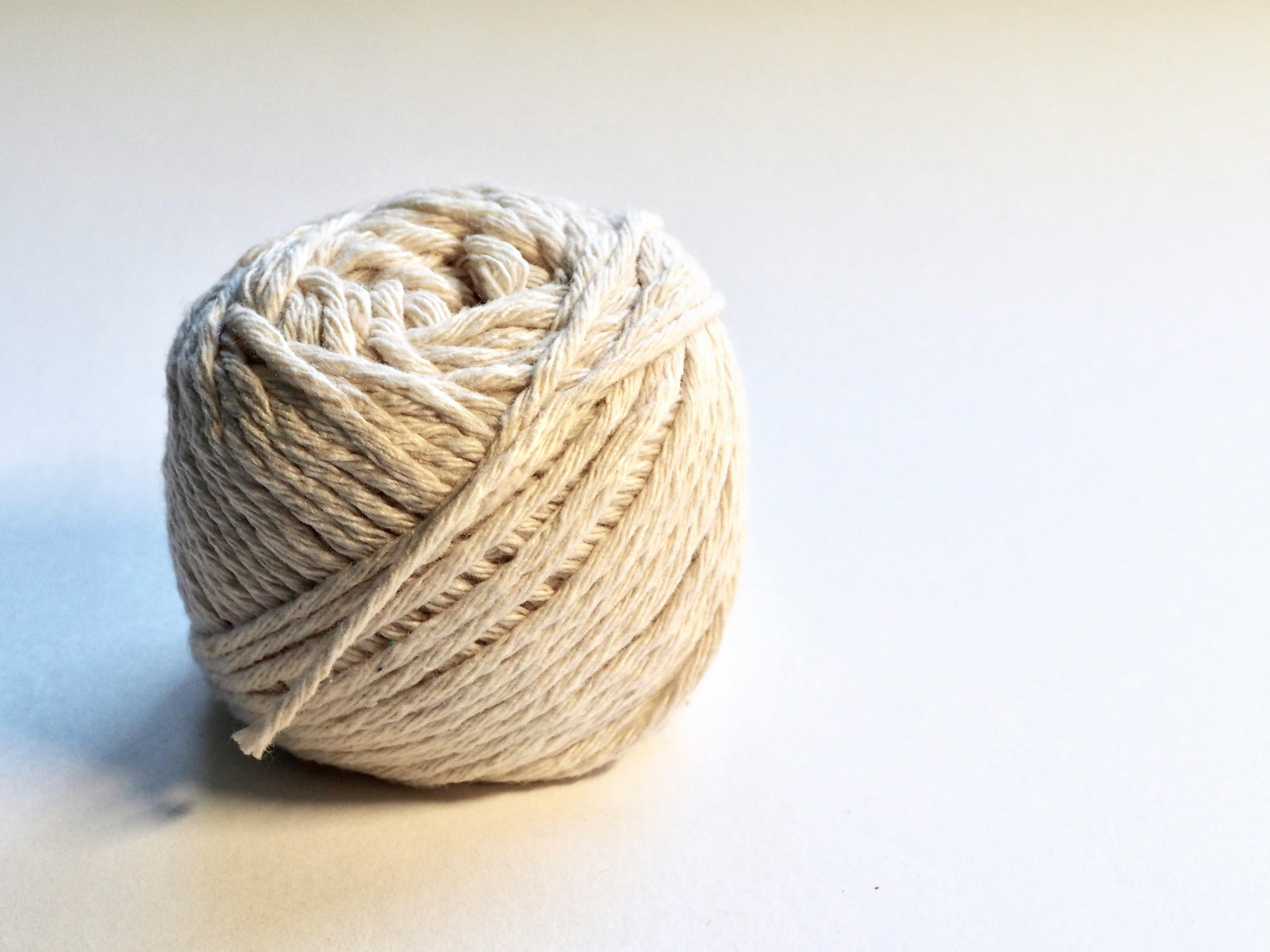
I splurged on Egyptian towels once, and they’re still fluffy years later. It’s the gold standard for luxury bedding and upscale gear.
Organic Cotton: A Sustainable and Eco-Friendly Option
Grown with out risky insecticides or artificial fertilizers, herbal cotton is a greener opportunity.
I’ve noticed it’s gentler on my skin too—perfect if you’re into green living. It’s pricier, but more folks are choosing it as sustainability climbs the priority list.
(PIC From PIN)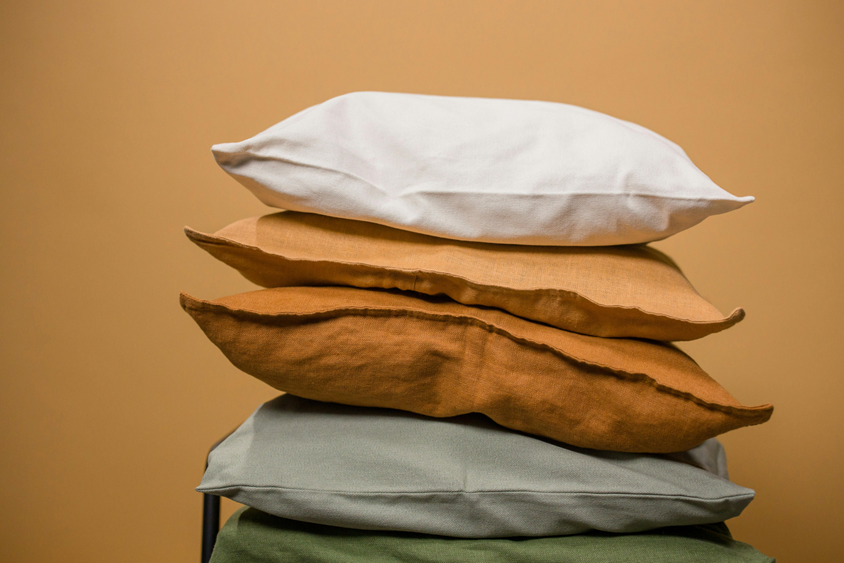
Mercerized Cotton: Strength Meets Shine
Mercerized cotton gets a special treatment—think of it like cotton’s glow-up. Soaked in a solution and stretched, it comes out stronger, shinier, and smoother. I’ve got a mercerized cotton shirt that looks polished without trying too hard—great for when you want durability with a bit of flair.
Percale Cotton: Crisp and Cool
Percale’s all about that tight, plain weave—usually from long-staple cotton like Pima or Egyptian. It’s crisp, cool, and feels like a fresh hotel bed. I switched to percale sheets last summer, and they’re a game-changer for staying comfy in the heat.
The Environmental Impact of Cotton Production
Water Usage: The Thirsty Reality of Cotton Farming
Traditional cotton farming is water-massive, frequently requiring loads of liters to offer a single kilogram of fiber. This has raised troubles approximately beneficial beneficial aid depletion in cotton-growing regions.
According to the World Wildlife Fund (WWF), producing just one kilogram of cotton can consume up to 20,000 liters of water, relying on the area and farming practices. This giant water requirement contributes significantly to water scarcity issues in foremost cotton-producing countries like India, China, and the US.
(PIC From PIN)

How Sustainable Practices Are Making a Difference
Good news: things are shifting. Farmers are using drip irrigation—delivering water straight to the roots—and rotating crops to keep soil healthy. Certifications like GOTS (Global Organic Textile Standard) mean you can trust a product’s green cred. It’s not perfect, but it’s progress.
In the United States, about 64% of cotton relies totally on rainfall, and simplest 5% is fully irrigated. Advancements in precision irrigation have enabled farmers to increase cotton yield in keeping with acre with out a corresponding growth in water utilization.
(PIC From PIN)
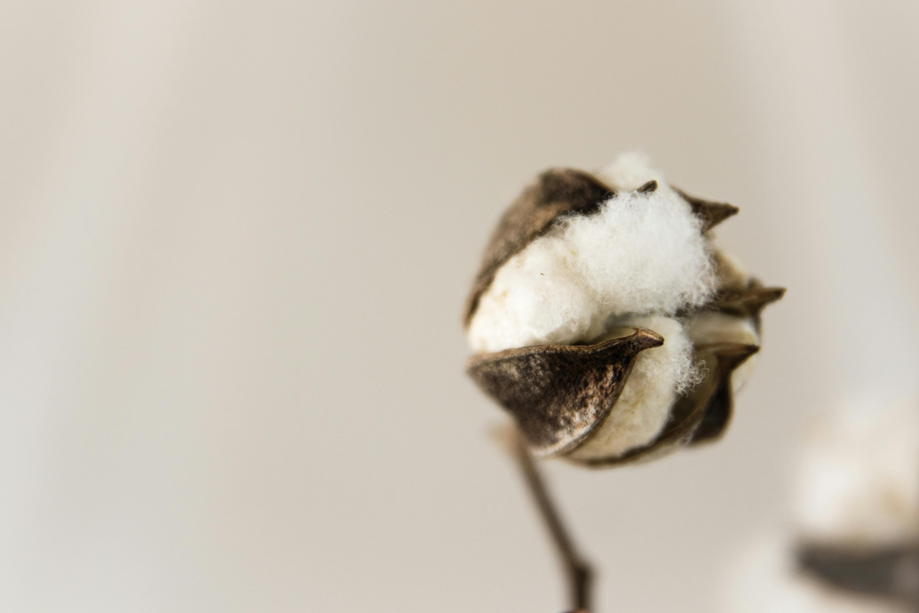
The Rise of Recycled Cotton: A Step Towards a Greener Future
Recycled cotton, made from positioned up-business employer agency or positioned up-customer waste, allows lessen cloth waste and preserve belongings. It’s an cutting-edge-day-day solution gaining traction in sustainable style.
Recycled cotton’s my favorite trend—made from old clothes or factory scraps, it cuts waste and saves resources. Brands like Patagonia are all over this, and I’ve got a recycled cotton hoodie that’s just as cozy as the new stuff. It’s a small step, but it adds up.
Q&A of the Cotton Fabric
Q1: Does Cotton Shink? Or Does Cotton Shrink in the Dryer?
A1:Yes, cotton can shrink, especially if untreated, due to its natural fibers contracting when exposed to heat or water. This happens in both washing and drying—hot water tightens the fibers, and a high-heat dryer cycle makes it worse. I’ve shrunk a tee this way myself. To prevent it, use cold water, a gentle cycle, and air dry or low heat in the dryer. Check the care label for pre-shrunk status.
(PIC From PIN)
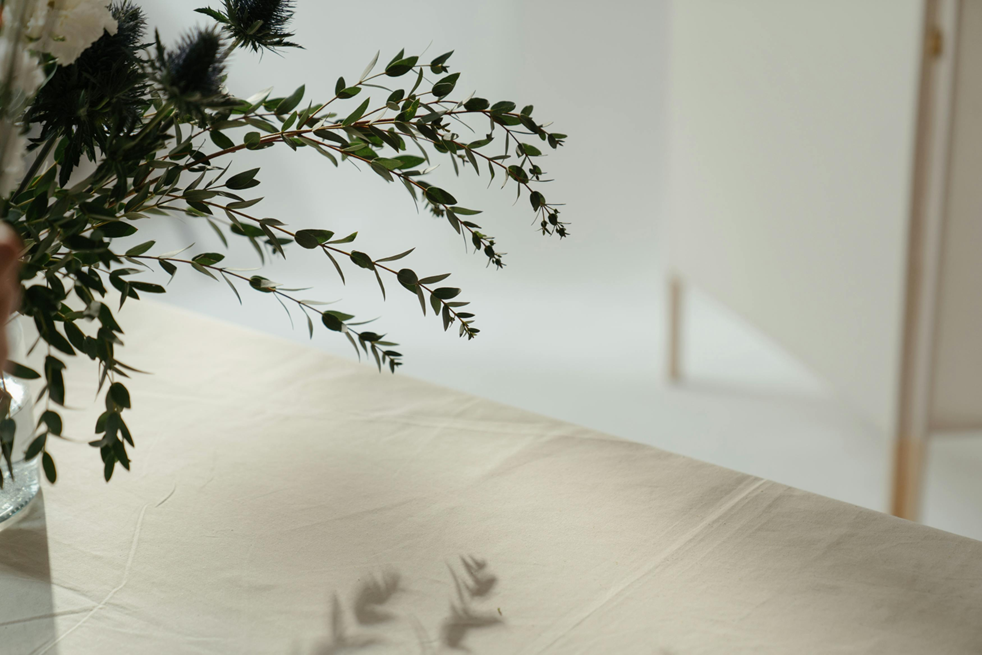
Q2: Is Cotton a Flower?
A2:Well, sort of! Cotton comes from the fluffy white blooms of the cotton plant—those fibers are part of the flower’s seed pod. And I saw a cotton field once, it’s wild how those pretty blossoms turn into the fabric we wear every day.
Cotton Fabric Representative Products
Classic Cotton Socks: A Small but Essential Detail
A well-chosen pair of cotton socks could make all the distinction in each day consolation. Their breathability enables preserve ft dry in the course of the day, making them a dependable preference for both informal and formal settings. Whether opting for crew or ankle-length patterns, the right pair blends seamlessly into any outfit at the same time as imparting all-day ease.
Recommend: Alpine Swiss - Cotton Dress Socks Mid Calf Argyle Pattern Solids Set
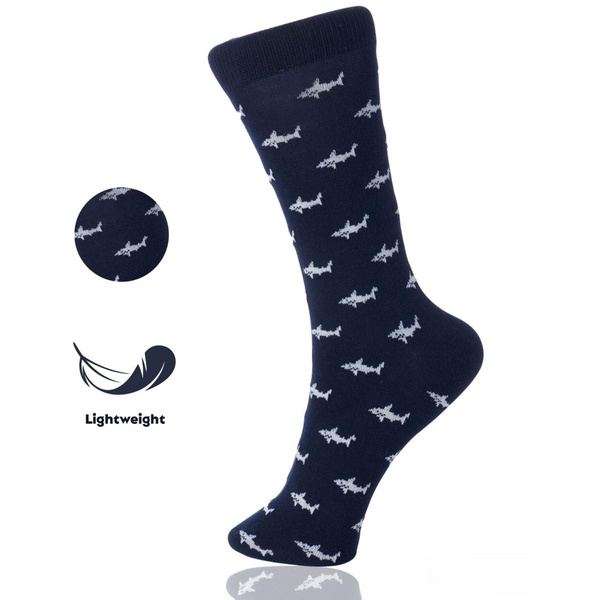
Short-Sleeve Cotton Shirts: Effortless and Timeless
A nicely-geared up brief-sleeve cotton blouse moves the perfect balance between laid-back and polished. Crisp white or subtle stripes create a smooth aesthetic, without problems paired with denim or tailor-made trousers. Small details, like mom-of-pearl buttons or a barely dependent collar, upload a polished touch to an in any other case easy piece.
Recommend: Ami Paris - White And Blue Cotton Short Sleeve Boxy Shirt
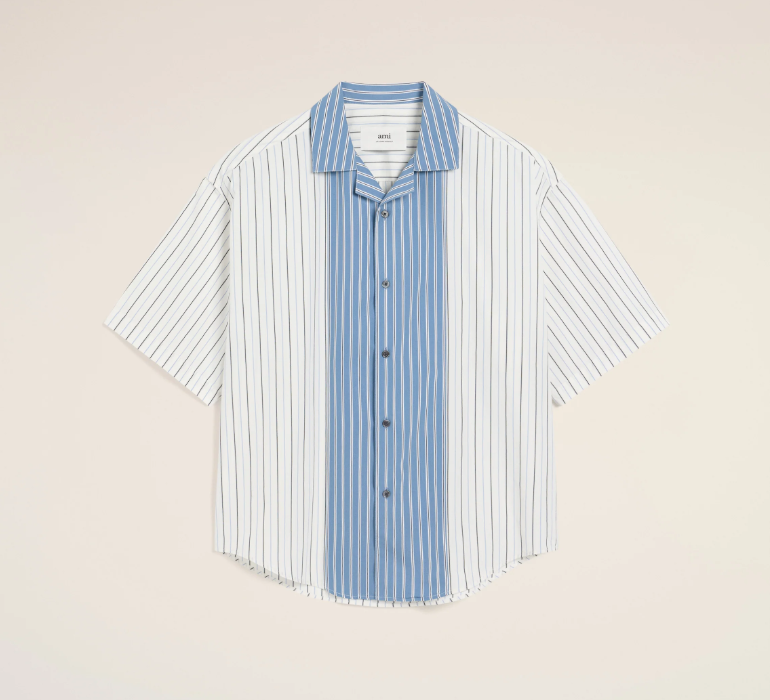
The Classic Cotton Tee: A Wardrobe Foundation
A black or white cotton T-shirt is one of the maximum versatile pieces anybody can own. Worn on its very own, it supplies a clean and easy look; layered below a blazer or sweater, it will become the foundation of a nicely-curated outfit. The secret is within the healthy—neither too tight nor too loose—making sure both comfort and a flattering silhouette.
Recommend: DIESEL - Black stretch cotton T-shirt with logo
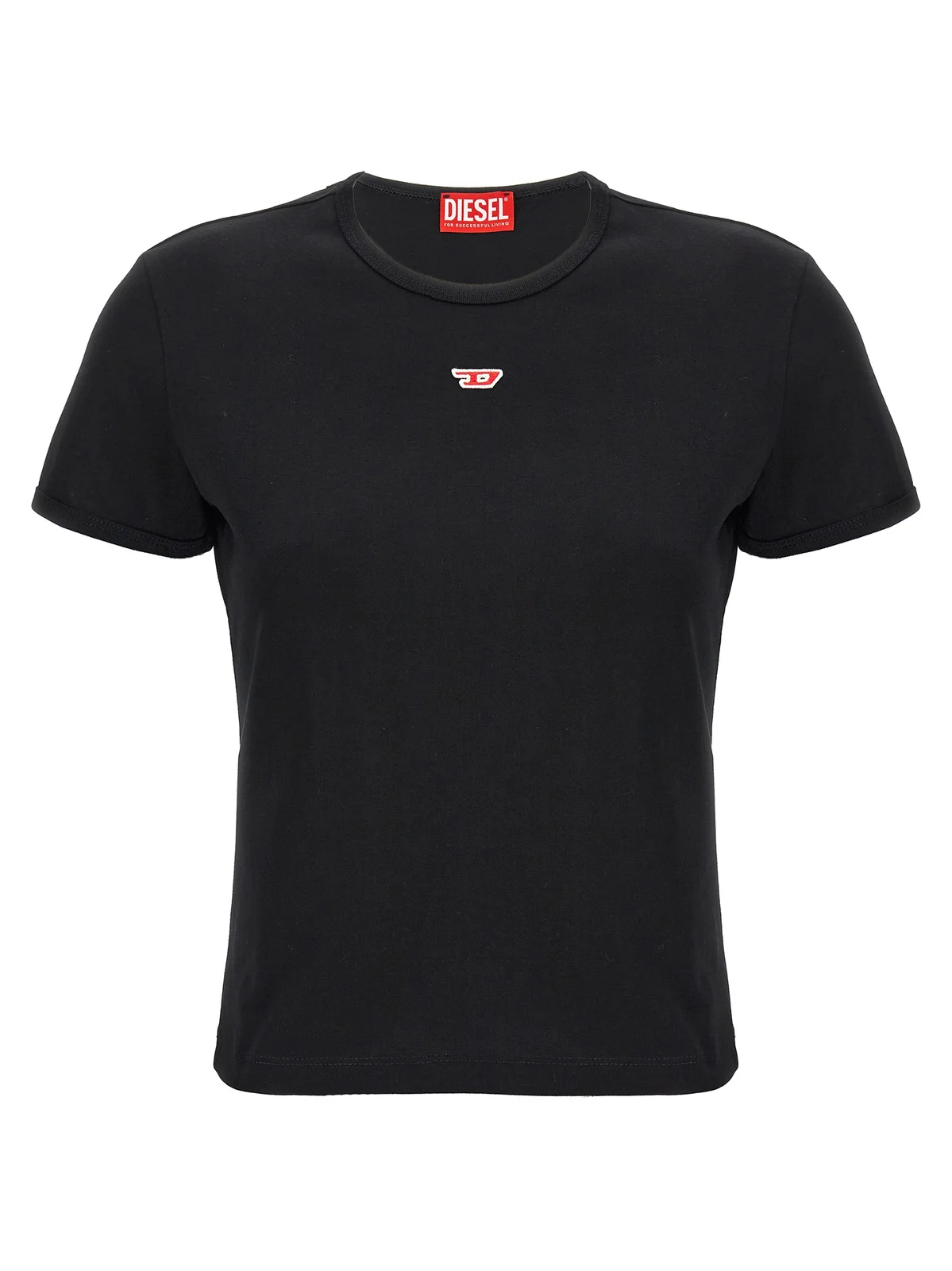
Cotton Fabric Care Tips
Taking care of cotton’s pretty straightforward, and there are a few tricks can keep it looking good longer.
Start with Washing
Use cold or lukewarm water. Because hot water can shrink cotton fast and fade colors over time. A gentle cycle works is the best way for delicate items like high-end sheets, reducing wearing on the fibers. When it comes to detergent, I gonna say less is more. Overloading on soap can leave a residue that dulls the fabric. So stick to a small amount of mild detergent for a clean finish without buildup.
(PIC From PIN)
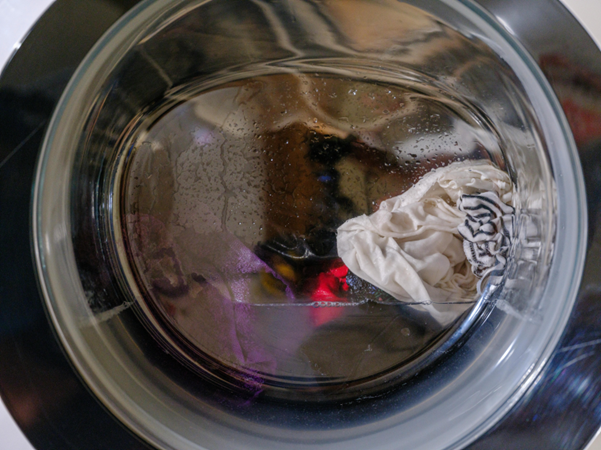
Skip the Bleach
Skip to the bleach unless it’s a last resort. It weakens cotton’s natural fibers and can turn whites yellow if overused. For stains, try white vinegar instead—dab it on, let it sit for 10 minutes, then wash. It’s a gentle fix that tackles spots like coffee or grease without harsh chemicals. And adding a scoop of baking soda to the wash can also lift dirt and brighten colors naturally.
Air Drying is Ideal
Drying needs attention too. Air drying is a better way that using a dryer. Because hanging cotton items outside or on a rack, and they’ll stay soft while saving energy. If you use a dryer, opt it for low heat to avoid shrinking or stiffening the fabric. High temperatures can damage the texture, especially on thicker pieces like towels. Remove items while slightly damp and smooth them out at the same time to cut down on wrinkles . For crisp dress shirts, a quick iron while they’re still moist gives a polished look without much effort.
(PIC From PIN)
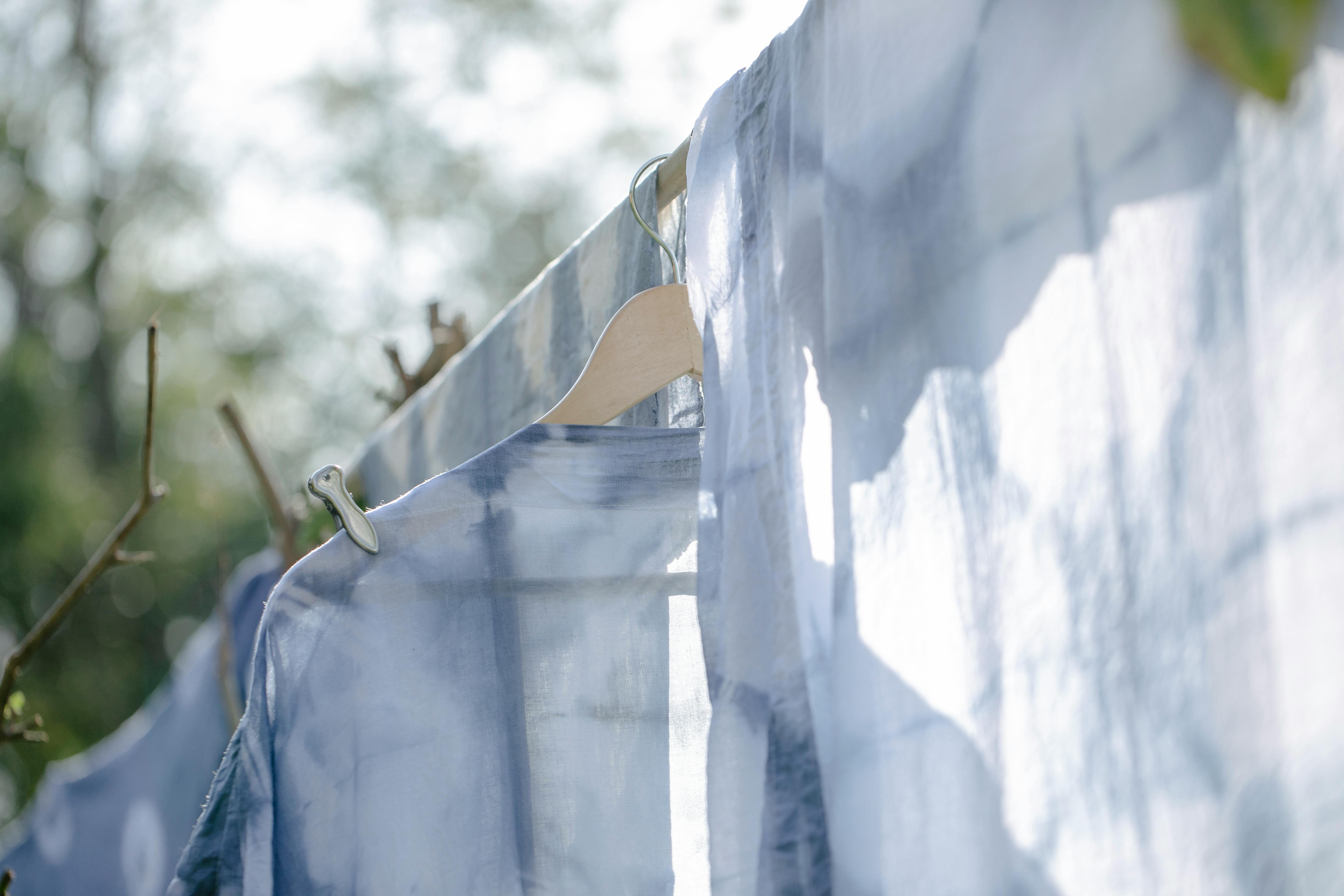
Fold Flat
Storage plays a role in keeping cotton fabric fresh. Folding cotton items neatly rather than stuffing them into tight spaces, which can cause creases or stretching. For special pieces like a Pima cotton sweater, lay them flat to maintain their shape. Adding a lavender sachet to drawers or closets is better. It can deter moths naturally and keep things smelling nice.
Check Care Labels
Always check care labels before you start. Pre-shrunk cotton can handle a bit more heat, but untreated fabrics need extra caution to avoid some surprises. For tough wrinkles on heavier items like jeans, a steamer works better than an iron that less risk of scorching. And if you’re dealing with organic cotton, go easy on agitation. Because its eco-friendly fibers can be a touch more delicate.
(PIC From PIN)
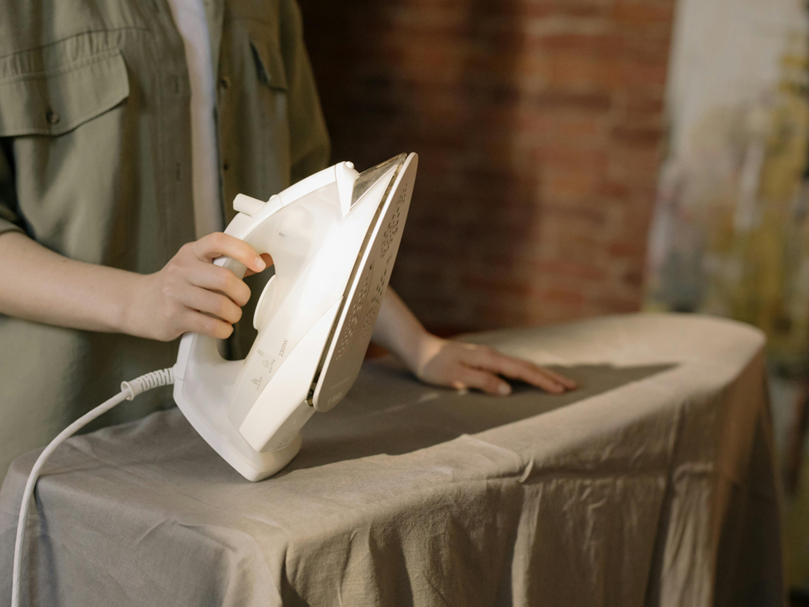
These steps aren’t complicated, but they make a difference. With a little care, your cotton gear stays vibrant, soft, and ready for the long haul—no fancy tools or big effort required.
My Point
(PIC From PIN)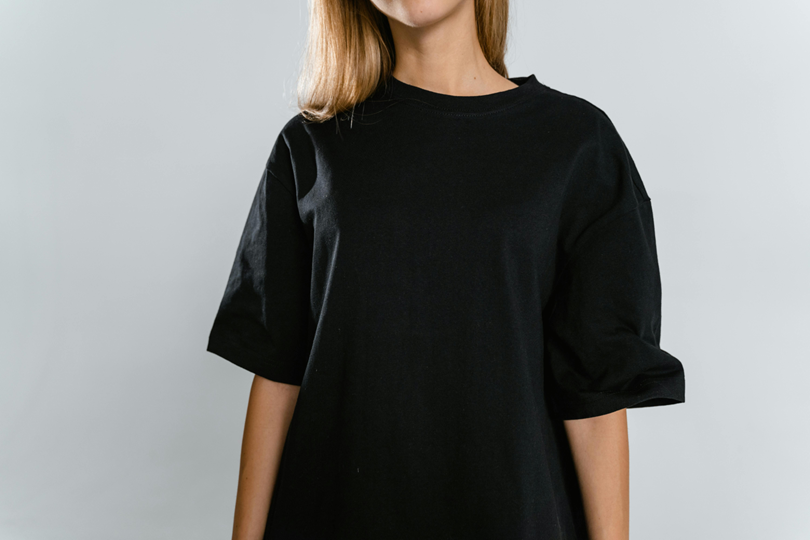
Cotton’s rich facts and numerous kinds make it a fascinating and crucial fabric. Its stories are so superb that from its historic roots to its contemporary inexperienced makeover. Whether I’m choosing Egyptian cotton sheets for a deal with or organic tees to feel good about my selections, knowing what’s in the back of this fabric enables me shop smarter. It’s not just fabric however also a connection to records, nature, and a more sustainable destiny.